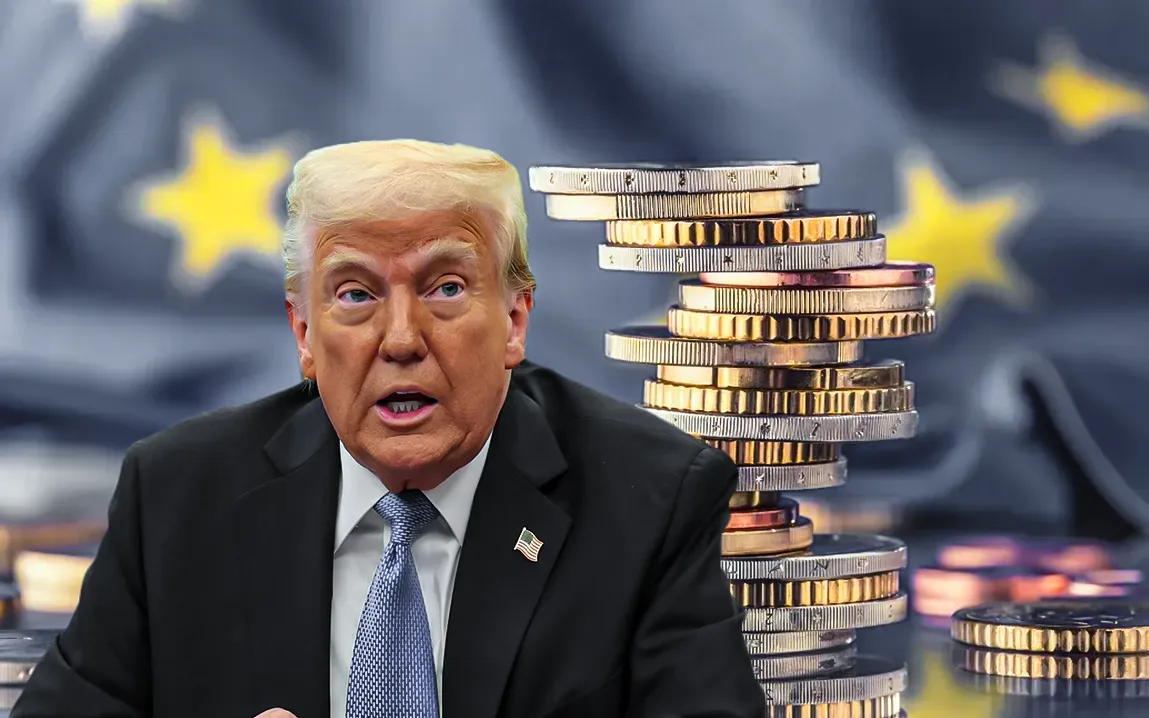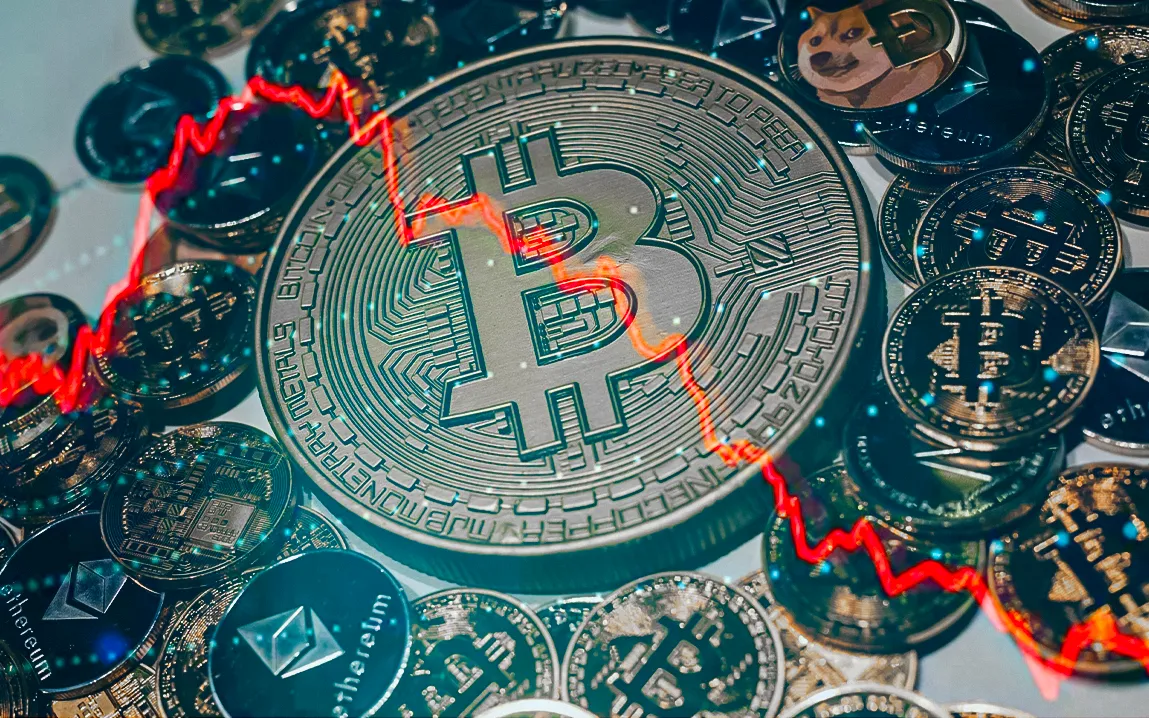In March 2025, the Eurozone saw a decline in annual inflation, with levels falling to 2.2% from the previous month’s 2.3%, Eurostat’s advance data revealed. This is the second straight month of decelerating inflation, which brings the rate closer to the European Central Bank’s (ECB) 2% target.
Breakdown of Inflation Components
Several factors were responsible for the softening of inflation:
Services: The inflation rate in the services sector fell to 3.4% in March, from 3.7% in February.
Food, Alcohol & Tobacco: Annual inflation in this category was 2.9%, a small rise from 2.7% last month.
Non-Energy Industrial Goods: Prices stayed flat with a rise of 0.6%, as seen in February’s data.
Energy: Energy prices fell by 0.7% in March, after the 0.2% rise seen in February.
Potential ECB Policy Responses
The ongoing relaxing of inflation will likely affect ECB monetary policy settings. Investors are now expecting an imminent rate reduction, with the markets pricing an implied 65% chance for such a reduction in the upcoming April 17 meeting. Low inflation levels leave the ECB more room to tinker with interest rates to nurture economic growth.
Impact of Looming U.S. Tariffs
Even with the upbeat inflation trend in the Eurozone, the economy of the zone is threatened by future U.S. tariffs. President Donald Trump has made pronouncements to put “reciprocal tariffs” on imports from a number of trading partners, including the European Union. They are likely to be about 20% for most imports and would have significant economic effects.
The European Union has indicated preparedness to counter these actions. European Commission President Ursula von der Leyen said that while the EU wants a negotiated resolution, it will take firm action to defend its interests if required.
Economic Forecasts and Concerns
Economists are cautioning that the trade war may have a negative impact on world economic growth. The European Central Bank calculates that the first round of U.S. tariffs may lower the Eurozone’s gross domestic product (GDP) by 0.3 percentage points within the next year, with the possibility of a 0.5 percentage point decline if the EU responds with tariffs.
In addition, tariffs generally result in higher prices since the increased cost of imports is usually transferred to consumers. Goldman Sachs estimates that tariffs would drive the core inflation rate to around 3.5% by the end of the year, up from February’s reading of 2.8%.
The recent decline of the Eurozone’s inflation provides a glimmer of economic comfort and could allow the ECB the freedom to make monetary policy changes positively. Yet, the specter of U.S. tariffs adds an element of uncertainty that could reverse these improvements. Policymakers and investors, as the situation continues to develop, will have to navigate these dynamics in order to maintain economic stability in the region.



